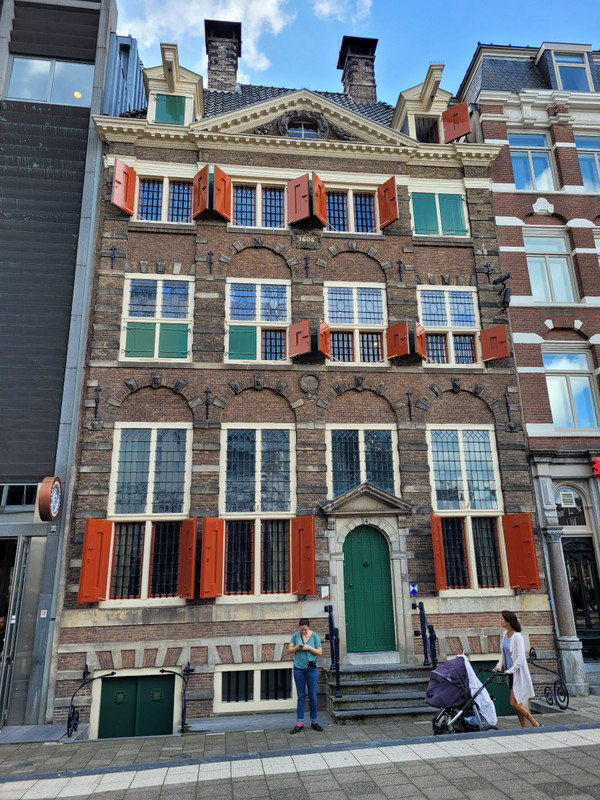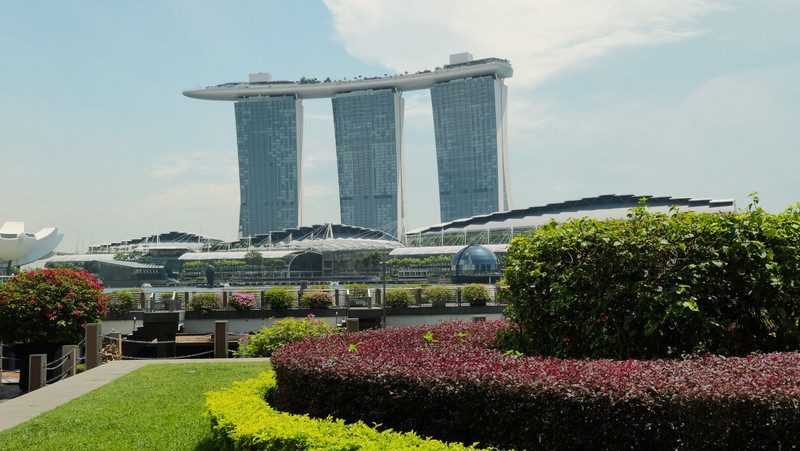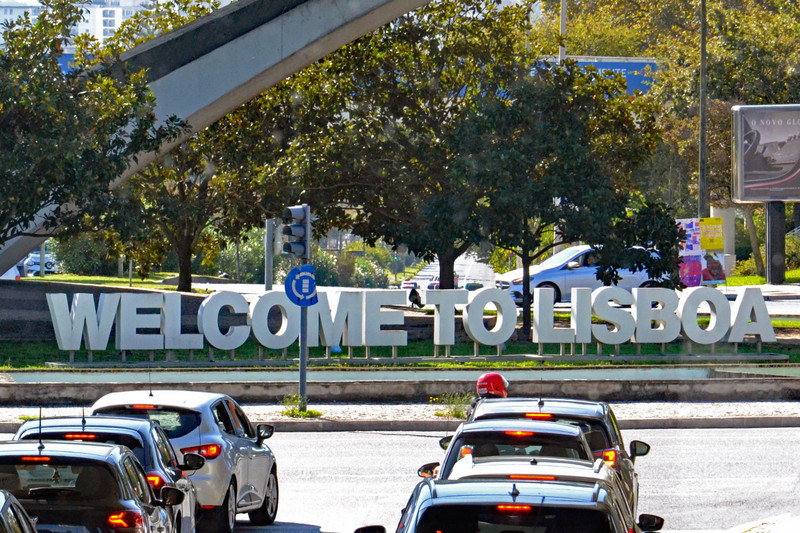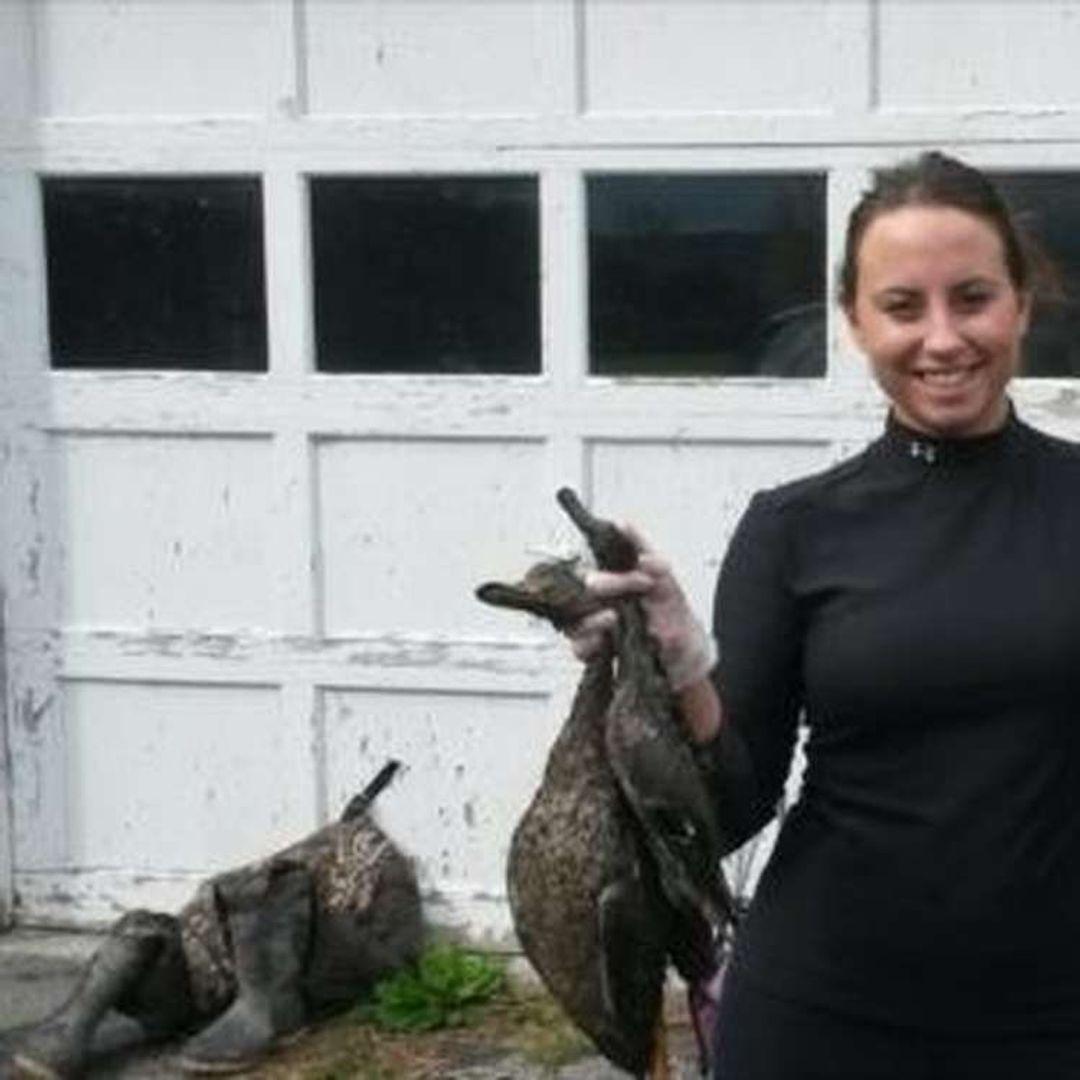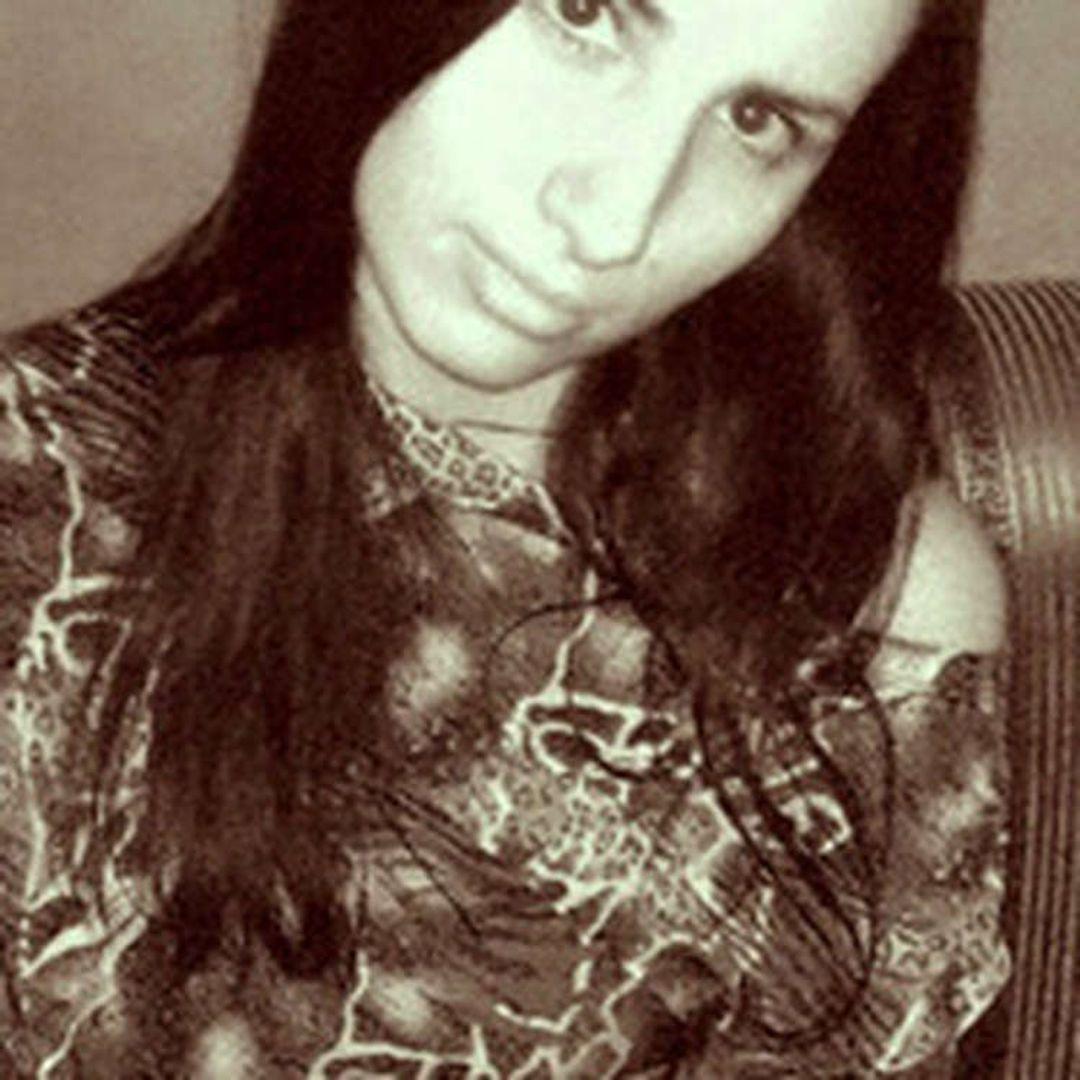We started at the Rembrandt house; this was the house that he lived in from 1639 to 1656 when he went bankrupt. The home is set up the way it was when he lived there. It was so amazing to see where he lived and how he lived. The items inside are not his but as close as possible to the same as there is a detailed inventory that exists from when he filed bankruptcy.
We spend an entire morning in the house, admiring the paintings done by Rembrandts pupils and his own etchings. We tried to find where he stood when painting, as there isnt a mark in the flooring but we could only guess in the end.
We love Rembrandt and are looking forward to seeing his paintings in the museum. For now, I want to learn more about him and his wife, and his life.
From the museum, we followed Rick Steves guide and went across the street to the former Lockkeepers house. This was built in about 1695 and is now a Brown Caf. This was built after Rembrandt lost his house in bankruptcy so it is important in its own right.
The caf has some tables and benches outside in the back that look over the canal and some tables in the front that look at the street. There are about 4 small tables inside along with the bar. Down some very narrow and not so even stairs are the toilets, and upstairs is a sitting area which we have yet to sit in. This whole area is about a walk from our room.
What we also learned is that the Dutch seem to meet at cafs for drinks at about The cafs are full of people just enjoying a beer or wine or other mixed drink. What we also have learned is a caf is like a tavern or bar, just drinks and sometimes a small snack. A coffeeshop is where you go to maybe have coffee but more to smoke some weed. We have learned to fit in quickly.
After nursing beers, we walked to an Argentinian restaurant for a steak and Argentinean Goulash. Nothing like a full stomach.
